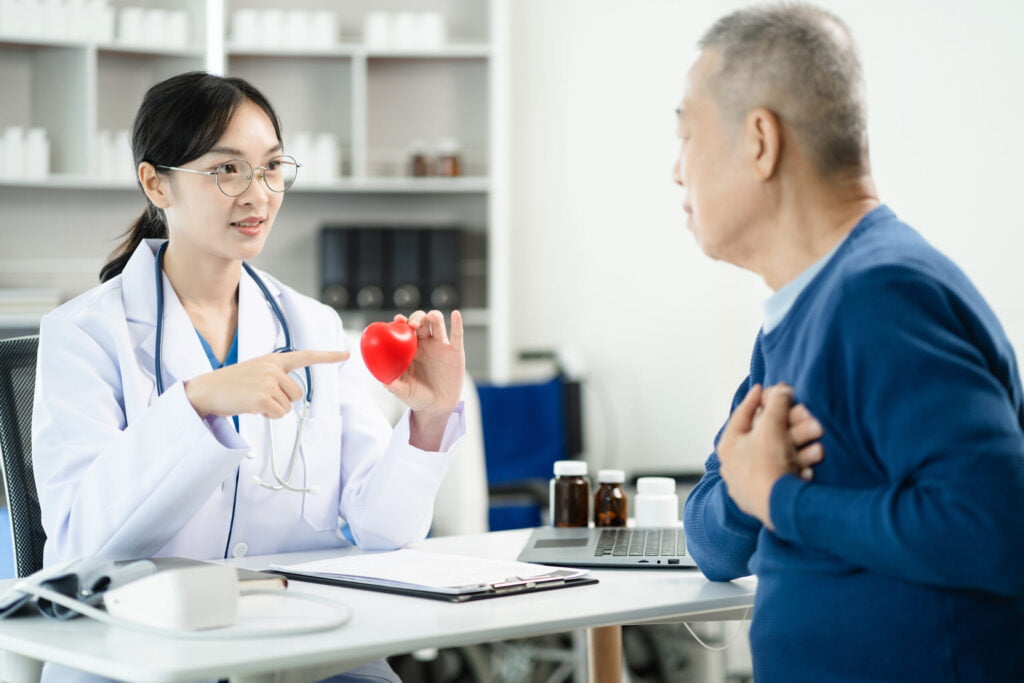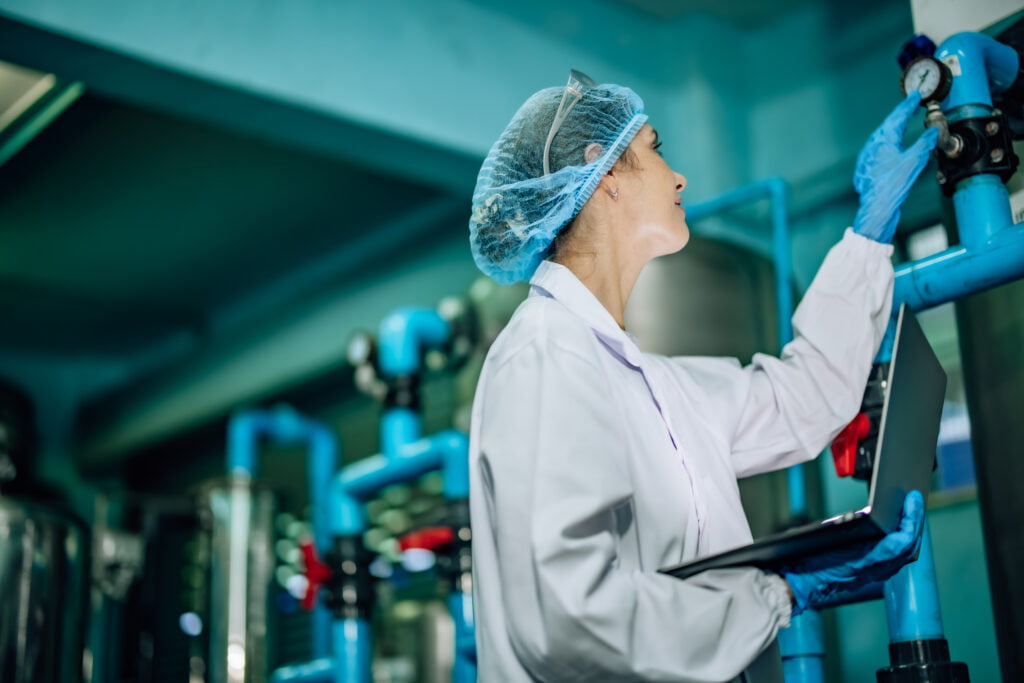NAD and NADH are coenzymes that play an essential role in energy metabolism in the human body. They are made up of two molecules: nicotinamide and ribose, and they help convert fuel molecules into energy that cells can use. In this blog, we will explore the roles of NAD and NADH and how these molecules work in our bodies. We will look at their role in energy production, their importance in metabolism, and their importance in cellular signaling. By the end of this blog, you will better understand how these molecules work and their importance to human health. Keep reading to learn more.
What are NAD and NADH?

Nicotinamide adenine dinucleotide (NAD) and nicotinamide adenine dinucleotide hydrogenase (NADH) are both essential for the proper functioning of the body’s cells. NAD is a coenzyme that helps enzymes transfer electrons during metabolism, while NADH is the reduced form of NAD and is involved in energy production in the body’s cells.
NAD is found in all living cells and is necessary for the oxidation of glucose and energy production. The body produces NAD from the amino acid tryptophan, and it’s also available in dietary supplements and certain foods. NAD is essential for many bodily processes, including regulating blood sugar levels, promoting healthy skin, and preventing age-related damage to cells.
NADH is also a coenzyme, and it’s involved in producing energy in the body’s cells. NADH is created when NAD is converted to NADH by the enzyme nicotinamide mononucleotide adenylyltransferase (NMNAT). NADH is essential for producing ATP, the body’s primary energy source.
NAD and NADH work together to produce energy in the body. NAD accepts electrons from food and passes them on to oxygen in the mitochondria. This process creates a high-energy molecule called ATP. The ATP can then be used by cells to power their activities. In addition, some of the energy released during cellular respiration is used to produce heat, which helps maintain your body’s temperature.
How do NADH and NAD work?
NAD acts as an electron carrier and is essential for transferring electrons during the oxidation-reduction reactions of cellular respiration. In its oxidized form, NAD+ accepts electrons, while in its reduced form, NADH, it donates electrons. The transfer of electrons between NAD+ and NADH is essential for producing adenosine triphosphate (ATP), the primary energy currency of the cell. NAD+ comprises two parts: a nicotinamide ring and an adenine nucleotide. The nicotinamide ring is derived from vitamin B3, also known as niacin, and helps NAD+ accept electrons. The adenine nucleotide comprises a nitrogenous base, ribose sugar, and a phosphate group.
The two parts of NAD+ are joined together by a pair of phosphate groups, forming a dinucleotide. On the other hand, NADH is a coenzyme found in living cells produced from the reduction of NAD+. It’s essential for the production of energy-rich molecules such as ATP. NADH is composed of two parts: a nicotinamide ring and a reduced adenine nucleotide. Like NAD+, the nicotinamide ring is derived from vitamin B3, while the reduced adenine nucleotide contains a nitrogenous base, ribose sugar, and a phosphate group. However, the adenine nucleotide of NADH has a hydrogen atom attached to it, which is why it’s called a reduced form.
How can you increase your levels of NAD and NADH?

There are many ways that you can increase your levels of NADH and NAD. One way is by eating foods that are high in these vitamins. Some good food sources of NAD include salmon, mackerel, brewer’s yeast, and wheat germ. Good food sources of NADH include beef liver and turkey liver.
Another way to increase your vitamin levels is by regular exercise. Exercise helps to boost your overall energy levels, and it also helps to improve the function of your cells. When your cells work better, they can produce more energy which helps to raise your levels of NAD and NADH.
Overall, NAD and NADH are essential in the body for various reasons. They help to produce energy, regulate metabolism, and support the function of the immune system. Additionally, they play a role in DNA repair and other cellular processes.






